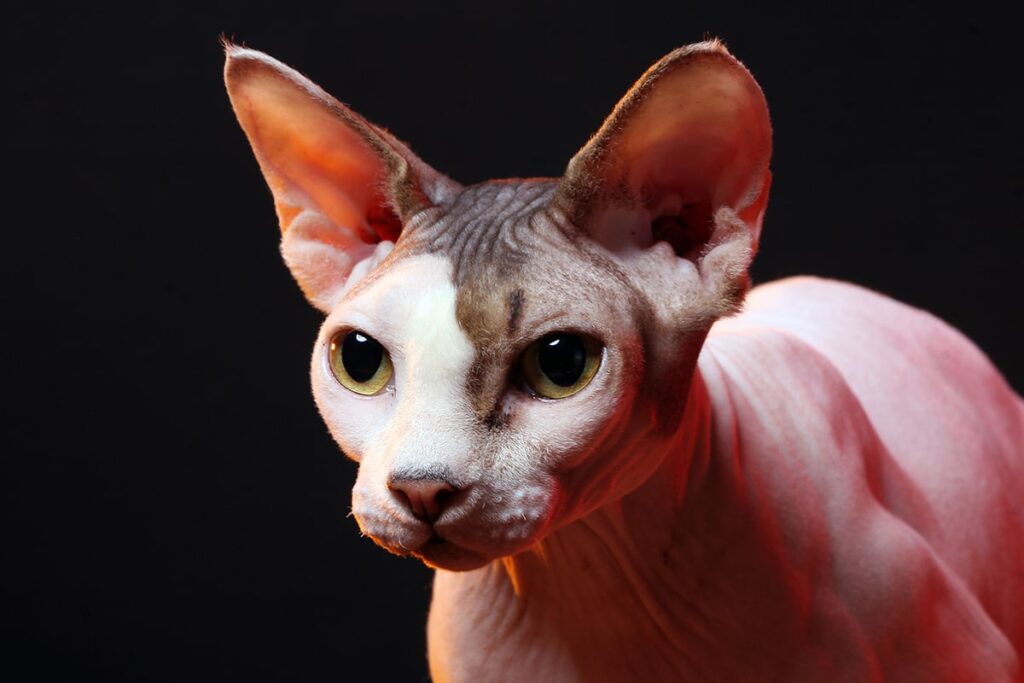Did you know that some species of rats can survive without water for longer than camels? Or that some animal species commit suicide? Find more fun facts about animals in this article!
- Snails and slugs: Snails can sleep continuously for up to 3 years
- Bears: American black bears can run up to 64 km/h – enough to catch a horse at full gallop!
- Insects: 80% of all animals on Earth are insects
- Bats: Bats always fly to the left when leaving a cave. Bats are also the only mammals that can fly and are capable of eating up to 1,000 insects per hour
- Immortality: The immortal jellyfish (Turritopsis nutricula) is theoretically immortal in that it can evolve from a sexually mature stage back to an immature stage (as if humans could evolve from adults to children and vice versa). Thus, there is no natural limit to the lifespan of the jellyfish
- Peeing through the mouth: The Chinese soft-shelled turtle (Pelodiscus sinensis) is the only animal known to urinate through its mouth
- Giraffes: Giraffes have no vocal cords and communicate by vibrating the air around their necks
- Blue whale tongue: Many elephants weigh less than a blue whale tongue
- Ants: For every human in the world, there are 1,000,000 ants
- Shark bites: The bite of a 3-meter great white shark causes 4 tons of pressure on every square centimeter of tooth

Rats can go without water for longer than camels
- Ferrets: A female ferret will die if it is not given the opportunity to mate during its heat
- Panther: A “panther” is not a specific animal, but rather a term used for certain larger felines such as jaguars and leopards
- The Devil Worm: The deepest living animal ever found on Earth (not the ocean) is the so-called ‘Devil Worm’ (Halicephalobus mephisto), which lives 3.6 km below the Earth’s surface – a depth where the only other life is microbes. Before the devil worm was discovered, roundworms (Nematoda) were the deepest living animals at a depth of around 10 meters
- Suicide: Many animals have been observed committing suicide, including dogs, ducks, cattle and sheep
- Hippos: The hippo is the most dangerous animal in Africa. This is mainly due to its highly unpredictable and aggressive behavior

Fact: Chernobyl in Ukraine was abandoned by humans after the nuclear accident in 1986. Today, the area is inhabited by a number of animals – especially hunted animals such as bears, wolves, horses and moose. Pictured here is a herd of horses in Chernobyl
- Flamingos: Flamingos can only eat upside down
- Darwin: Charles Darwin ate all the animals he discovered. He ate an owl, an armadillo, a hawk, a nandu, iguanas and giant tortoises
- Poisonous mammal: The platypus (Ornithorhynchus anatinus) is the world’s only venomous mammal. Both male and female platypuses are born with a venomous claw, but females fall off before the age of 1 year. Males use the claw mainly to fight other platypuses. Platypuses also have an electrical sense, which is used to hunt prey such as crayfish, worms, snails and insects
- Figs: In some rainforests, up to 70% of all animals depend on figs for survival. This is because there are more than 1,000 species of figs and the number of frugivorous animals largely determines the number of predators
- The toxicity of scorpions: A good rule of thumb to determine the venomousness of scorpions is the following: large claws and a thin tail indicate that they are only slightly venomous, while small claws and a thick tail indicate that they are highly venomous
- Largest land animal: Africa is home to the world’s largest land animal, the elephant, and the tallest, the giraffe
- Frozen animals: Some frogs and fish can be frozen completely in the winter, and thaw and live on in perfect health the following spring
- Perfume: Calvin Klein ‘Obsession for men’ perfume is used in camera traps because it attracts wild cats and other animals
- The color blue: Mosquitoes are twice as attracted to the color blue as to other colors
- Chernobyl: A lot of animals live in Chernobyl today – especially highly hunted animals such as brown bears, horses, wolves and moose – because there are no longer any humans in the area
- Voracious wolves: A wolf can eat up to 10 kg of meat in one meal
- Square pupils: Goats have square pupils to make it easier for them to spot predators in the large grassy areas they roam
- Hairy eyes: Honey bees have hairs on their eyes, which help them collect pollen
- Water storage: Rats are able to go without water for longer than camels
- Fly backwards: The hummingbird is the only animal that can fly backwards. Hummingbirds also flap their wings 60 – 80 times per second
- Snake venom: The venom of the King Cobra (Ophiophagus hannah) is so deadly that just 1 gram can kill 150 people
- Oldest animals: The oldest animal in the world was Ming, a 405-year-old mussel found in 2007 on the coast of Iceland
- Da Vinci: Leonardo da Vinci bought captured animals (in cages) at the local market only to set them free again





